



Grandfather Clock
J T Owen Swansea grandfather clock nautical theme face. Beautiful wood case. Very little known about it. Appears to be old.
Unknown
Other
Yes


Hello Pam,
Thank you for sending in this handsome grandfather clock to mearto.com for an appraisal. I shall try to help you with that today.
TITLE:
Mahogany and mahogany veneer with light string inlay, two weight, eight day time and hourly striking, longcase clock with rocking-ship dial, made by Jonathan Thomas Owen (working 1849-1856), Swansea, Wales, U.K. circa 1850.
DESCRIPTION:
CASE: size not provided but estimated to be in the range of 80-85” in height, this is a mahogany veneered wooden longcase case clock. The hood with a broken arch (swan-neck) concave moulded pediment with terminals carrying applied brass rosettes and centering a plinth for a finial (absent). There is an arched light colored string inlaid arched cornice in the lower section of the tympanum. It sits above the arched glazed dial door. The veneered dial door with simple brass pull is flanked by free standing fluted mahogany colonnettes with brass capitals and bases. A broad concave moulding transitions down to the trunk section with its three quarter length, rectilinear mahogany door with concentric light stringing and small key escutcheon on the left with two exposed English hinges on the left. The trunk door is set between two broad horizontal friezes with light string inlay and is flanked by chamfered inlaid case corners terminating in lamb’s tongues.
An ogival moulding then leads down to the square mahogany veneered base with concentric light stringing while the whole rests on straight bracket feet with shaped heels. The case appears to be mahogany and the darker mahoganized finish has been cleaned up in places like the trunk door to provided contrast in the case. The sides, nor back of the case is not shown.
DIAL: White patinated arched iron dial plate with bold roman hour chapter ring, closed bar minute track with no minute markers, a dial center with a subsidiary seconds dial under the twelve, matching shaped fenestrated brass hands in a Sun and moon style each with open stems. The dial is signed, “J.T. Owen, Swansea”. Surrounding the main dial are the spandrel paintings, all in a marine style. There are four distinct paintings and paint from the spandrels surround the dial and connects all four of the scenes, suggesting a mid 19th century product. There is a lifeboat with men in it, two masted sailing vessels and the most important (to me), a vessel with both a mast and signs of a steam engine as well (this would help to date this painting, see notes). The lunette of the dial is made in a fairly typical Welsh style with painted side curtains as if for a stage. The two sides are painted with people and buildings onshore, a civilian scene to the right and a military scene with castle to the left. Centered is a three masted schooner in full sail flying three red pennants and it appears as if this may be a rocking ship, where the ship actually rocks to and fro as the pendulum goes back and forth inside the case. (I cannot be 100% certain of the ships movements from looking at this single photo.) **N.B. - One comment about the signature on the dial: The dial is signed in heavy black script ‘J.T. Owen, Swansea’. When examined closely against the background of the white painted dial which has a Craqueleur surface from age, it is easily noted that the black paint of the signature is applied 'over' the cracks on the painted dial and this is indicative of a repainted signature. Normally, the dial signature, if original, would have cracks in their black paint consistent with the cracks in the white paint it sits above, so that the black signature would have periodic interruptions when looked at closely. This black paint is continuous without any interruptions. This usually suggests other restorations in the dial as well - such as a total repaint, relining of the numerals and other aftermarket changes, but none is that obvious to me. Therefore, I will consider this dial as ‘only’ having a repainted signature, and not a fully repainted dial. HOWEVER, I must state that there are no signs of wear around the winding holes and there is no sign of wear to the Roman hours, after 170 years of usage.
MOVEMENT: NOT SHOWN – This would be a rectangular solid brass plate movement with brass knopped and cuffed pillars connecting the plates at the corners and pinned to secure the plates together. There would be an anchor escapement, grooved winding drums, flywheel gear and rack and snail striking mechanism. The two iron weights drive the clock for eight days and cause striking every hour on an overhead bell. A long pendulum rod and round bob swing in the lower case in front of the backboard and behind the descending weights. With each swing I believe the three masted schooner in the dial lunette rocks back and forth since this painted ship is directly attached to the top of the pendulum rod.
CONDITION: Case – In very fine condition with alteration in the case finish to give it lighter and darker surfaces tones. There is some of the brass rosette missing or broken in one of the arch terminals of the hood.
Dial – Signature appears to be a replacement for what was originally on the dial. Possible strengthened patination of other dial parts.
Movement – not seen and not evaluated but I will assume the movement is original to this case, genuine and functional.
HISTORY/NOTES:
~J.T. OWEN: Jonathan Thomas Owen of Swansea, a city and county on the south coast of Wales. He worked in Swansea as a clock and watchmaker from 1849-1856, prior to going bankrupt. He was also known for making chronometers (precision watch clocks) used onboard seagoing vessels, and was a jeweler as well as an engraver.
~STEAMSHIPS:
In 1794, the Earl of Stanhope built a steam-powered vessel named the Kent. This was an experimental ship which, though not successful itself, showcased how a steamship could work. In 1801, a small steamer called the Charlotte Dundas ran trials on the Forth and Clyde Canal near Glasgow.
By the time Queen Victoria came to the throne in 1837, steam-powered vessels were in use across the country. There was even a regular steamship service across the North Atlantic by Brunel's Great Western.
COMPARABLES:
~https://www.liveauctioneers.com/item/15522552_sebastian-furtwengler-welsh-long-case-clock (Sold for $350 in 20913)
~https://www.liveauctioneers.com/item/62370561_welsh-inlaid-mahogany-grandfather-clock (Sold for $300 in 2018)
~https://www.liveauctioneers.com/item/57452410_edmund-parry-llandilo-welsh-tall-case-clock (Sold for $1300 in 2017)
~https://www.liveauctioneers.com/item/55317664_welsh-1850-s-grandfather-clock (Sold for $350 in 2017)
~https://www.barnebys.com/realized-prices/lot/a-welsh-mahogany-longcase-clock-19th-century-4fhHsBP8hD (Sold for $791 in 2018)
~https://www.barnebys.com/realized-prices/lot/a-georgian-welsh-long-case-clock-early-19th-century-HoA55IlQiUH (Sold for $641 in 2019)
PRICING:
This is a fine example of the type of clock being made in southern Wales at the midpoint of the 19th century. It is generally in very good condition despite some evidence of restoration to the painted dial. The redone signature is a demerit to value but is counteracted by the presence of a rocking ship in the wonderful lunette of the dial. They balance each other out from a pricing viewpoint.
I believe in today’s market, where touched up and cleaned up dials are more the norm than original dial examples, this Welsh clock would do fairly well when compared to the comparables. The fair market value for this clock would be in the range of $1250-$1500 with retail prices about twice that amount.
I enjoyed doing the research on your clock and I do not get many clocks made in wales to examine, they do generally follow the style of those made in northern England with most of their painted dials being done in the Birmingham region of central England.
Thank you for choosing mearto.com for this appraisal.
My best,
David

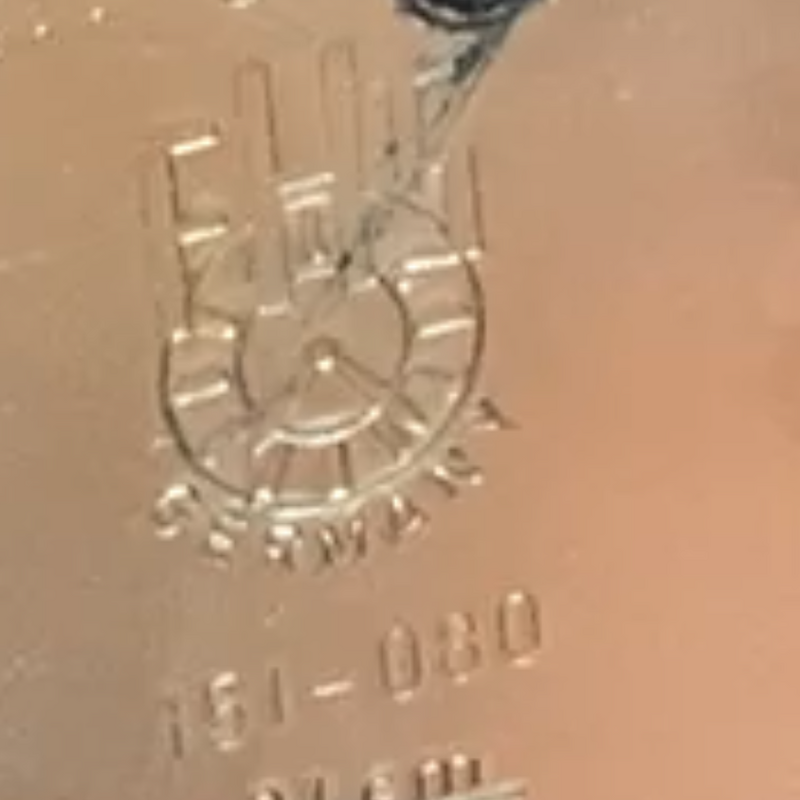
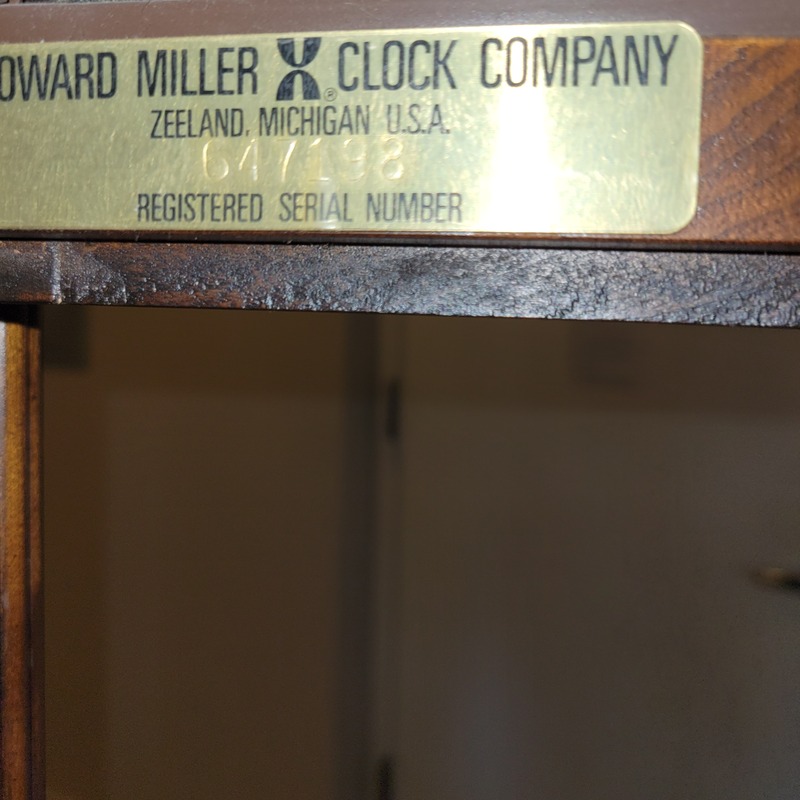

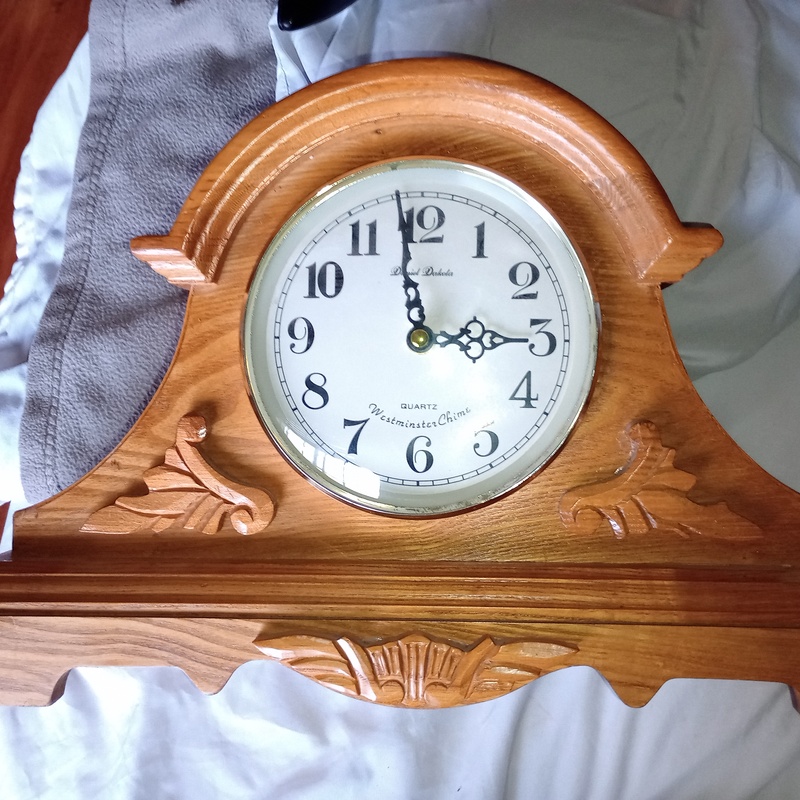
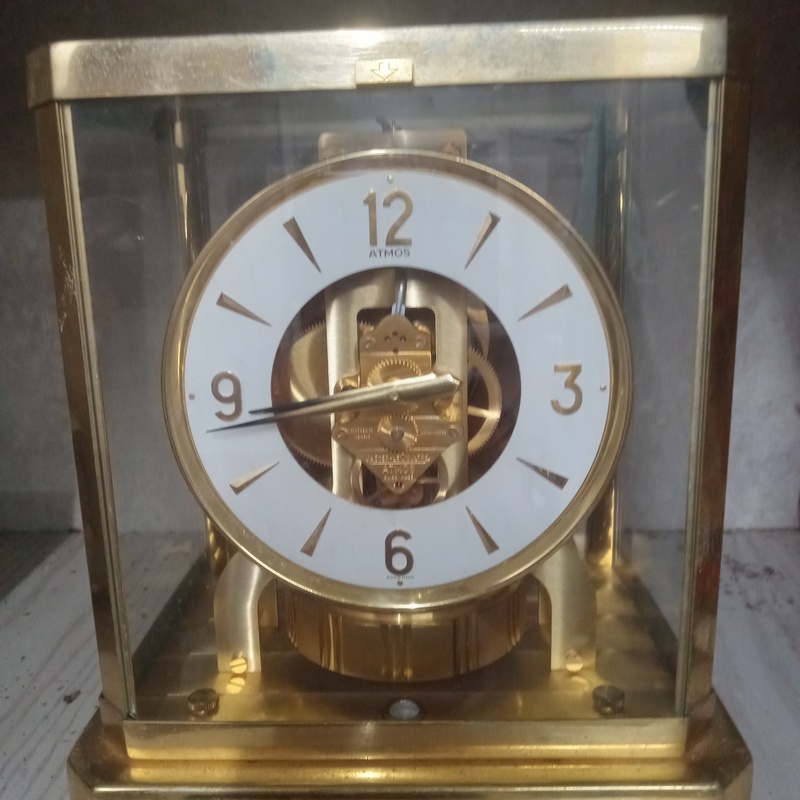


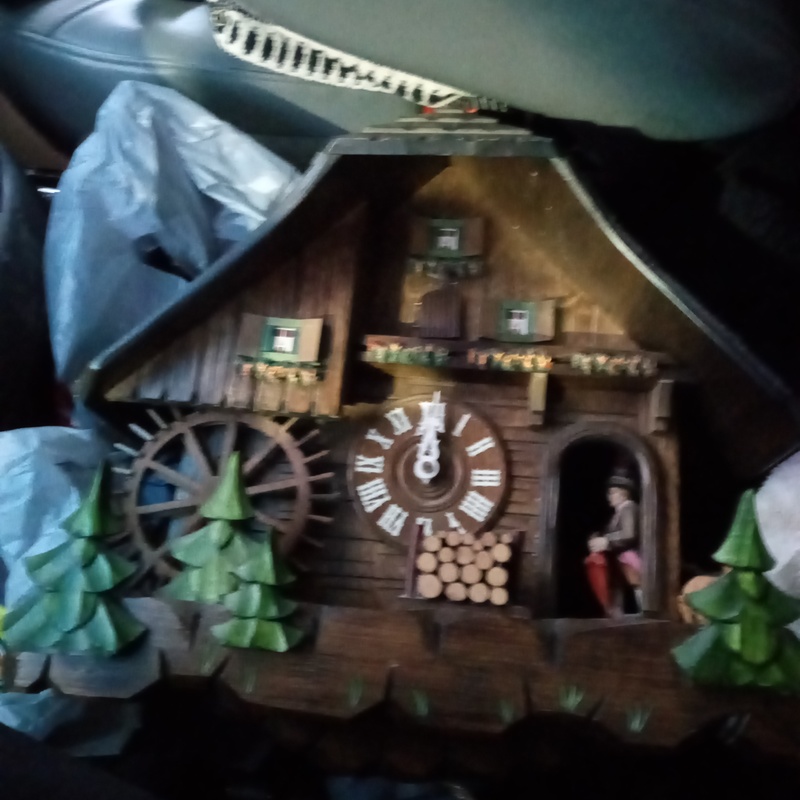

Thank you very much for this detailed report.